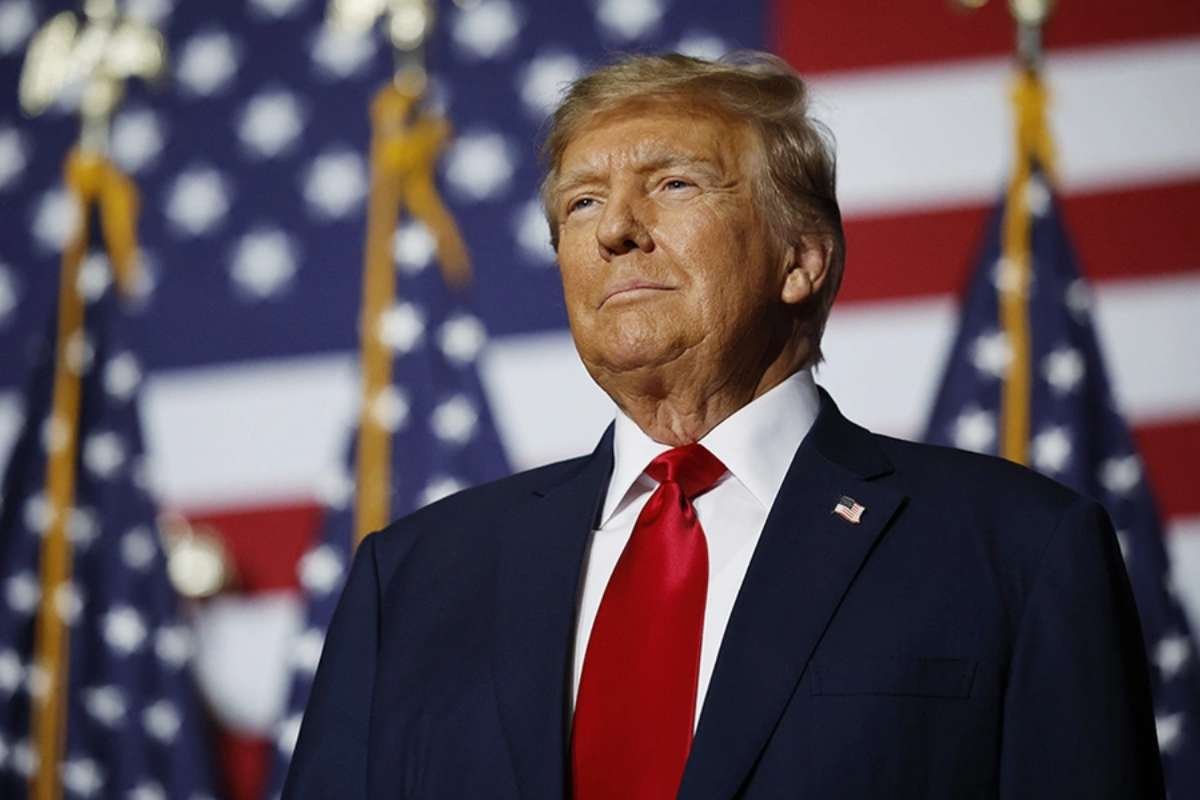President-elect Donald Trump’s administration is exploring plans to impose sector-specific tariffs on imports from all countries, marking a significant shift from the universal tariff strategy touted during his 2024 campaign. According to sources familiar with the discussions, these tariffs would focus on industries deemed critical to national or economic security, including defense, medical supplies, and energy production.
During his campaign, Trump proposed sweeping tariffs of up to 20% on all imports, a plan criticized for potential price shocks and political unpopularity. The revised approach reflects a calculated move to avoid economic disruptions while pursuing policies to revive domestic manufacturing. The proposed measures are still in the planning phase, with final decisions yet to be made, according to insiders who spoke anonymously due to the sensitive nature of the deliberations.
Balancing Political Strategy and Economic Concerns
The narrowed focus of initial tariffs suggests addressing concerns about inflation and supply chain vulnerabilities without alienating consumers or businesses. The revised plan prioritizes imports like steel, aluminum, medical supplies, and rare earth minerals, aiming to incentivize domestic production in these sectors. However, details on specific industries or goods remain unclear.
Trump’s campaign rhetoric on tariffs—hailed by protectionist allies as a tool to bolster U.S. manufacturing—has faced criticism from economists and political opponents alike. Experts warn that even sector-specific tariffs could raise costs for U.S. manufacturers reliant on imported materials. Kimberly Clausing, an economist and former Biden administration official, highlighted that higher input costs could hurt U.S. firms’ global competitiveness, cautioning against unintended economic consequences.
In parallel, Trump’s administration has maintained plans to impose targeted tariffs on Mexico, Canada, and China, citing concerns over migration, drug trafficking, and trade imbalances. Business leaders remain skeptical of these measures, viewing them as potentially symbolic rather than actionable.
Economic Implications and Global Trade Fallout
The proposed tariff policies signal a bold challenge to the established global trade order, echoing Trump’s first-term actions, which included tariffs on $360 billion of Chinese goods. While these measures were intended to curb reliance on foreign manufacturing, they often led to supply chain rerouting, with countries like Vietnam becoming alternative exporters.
The administration’s proposed sector-specific tariffs could elicit retaliatory measures from trading partners, complicating international relations. Critics argue that the policy might exacerbate inflation and strain consumer budgets. Conversely, Trump and his advisors view the tariffs as essential to rebuilding the U.S. industrial base and protecting domestic jobs.
Trump has publicly dismissed reports suggesting any scaling back of his tariff policy. Responding to criticism in a Truth Social post, he reaffirmed his commitment to tariffs as a cornerstone of his economic vision, calling them “the most beautiful word in the dictionary.”
The emerging tariff strategy underscores the administration’s focus on reshaping trade dynamics, leveraging tariffs as a means to fortify economic resilience. While the long-term outcomes remain uncertain, the move is poised to be one of the defining actions of Trump’s upcoming presidency.









